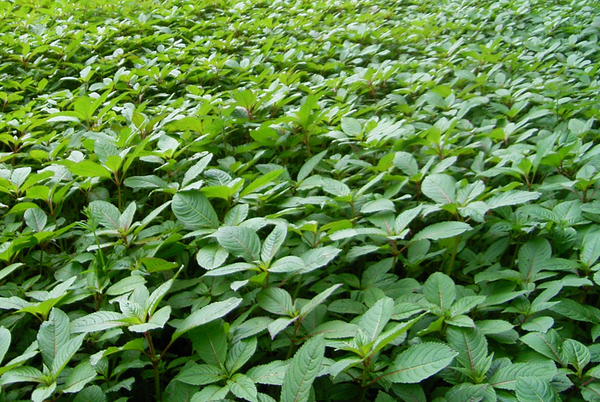New in November and December 2015 from the ISC
In November and December 2015 the following datasheets were published on CABI’s Invasive Species Compendium (ISC). You can explore the open-access ISC here: www.cabi.org/isc. Cotoneaster horizontalis (wall-spray) C. horizontalis is a woody, perennial, deciduous or semi-evergreen shrub with horizontally spreading branches, native to parts of China. It is an attractive garden plant with bright red berries…
New in October 2015 from the ISC
In October 2015 the following datasheets were published on CABI’s Invasive Species Compendium (ISC). You can explore the open-access ISC here: www.cabi.org/isc Rubus niveus (Mysore raspberry) Rubus niveus is an invasive blackberry which is threatening the endemic wildlife of the Galapagos Islands. More specifically, it is a threat to the unusual daisy tree forests (of…
New in September 2015 from the ISC
In September 2015 the following datasheets were published on CABI’s Invasive Species Compendium (ISC). You can explore the open-access ISC here: www.cabi.org/isc Verbascum thapsus (common mullein) A biennial herb which has naturalized in most temperate regions of the world. It grows vigorously, threatening native plants in meadows and forest gaps. Eradication is extremely difficult since…
New in August 2015 from the ISC
In August 2015 the following datasheets were published on CABI’s Invasive Species Compendium (ISC). You can explore the open-access ISC here: www.cabi.org/isc Bidens frondosa (beggarticks) – native to North America, this herbaceous annual has a range of medicinal, herbal and decorative uses and been introduced throughout Europe as well as New Zealand and parts of Asia. The…
New in July 2015 from the ISC
In July 2015 the following datasheets were published on CABI’s Invasive Species Compendium (ISC). You can explore the open-access ISC here: www.cabi.org/isc Akebia quinata (five-leaf akebia) – a highly invasive, aggressive vine native to East Asia, A. quinata has been introduced as an ornamental to Canada, Europe, Oceania and the USA. It can outcompete native understory plants…
Investigating the impacts of the invasive species Prosopis in Baringo, Kenya
[slideshare id=50591340&doc=woodyweedsbaringofieldvisit-150716111136-lva1-app6892] The Baringo district northwest of Nairobi is one of the regions in Kenya where a number of mesquite species, Prosopis spp., were introduced some 40 years ago as part of poverty alleviation efforts. The trees were intended to provide, among other benefits, additional income. Today Baringo is one of the most heavily invaded…
New in June 2015 from the ISC
It’s been a bumper month for the ISC, with 42 new datasheets published and the total number of full datasheets topping 2000. You can explore the open-access ISC here: www.cabi.org/isc Bothriocephalus acheilognathi (Asian fish tapeworm) – in the past few decades this tapeworm has spread from its native East Asia to all continents except Antarctica, largely…
On the trail of an ancient invasive
‘if men were not employed to prune these trees… they would cover the country, completely invading it.’ Sound familiar? It could be a description of any number of invasive trees, from the trumpet tree (Cecropia peltata) spreading through West Africa to the candlenut tree (Aleurites moluccanus) currently invading Pacific islands. But it’s actually an account…
The impacts of invasive weeds in Chitwan National Park, Nepal
Mikania (Mikania micrantha) is a tropical vine which is native to the Americas. Often referred to as the ‘Mile-a-Minute Weed,’ mikania grows rapidly in areas of high rainfall and has become highly invasive in parts of Asia and the Pacific. Under the Convention on Biological Diversity, invasive species are defined as alien species that threaten…
New Strategy Receives Thumbs Up
This week in Douala, Cameroon, the General Assembly of the African Union’s InterAfrican Phytosanitary Council (IAPSC) gave the thumbs up to IAPSC’s new strategic plan. IAPSC Director Dr Jean Gerard Mezui M’Ella thanked all the organisation’s partners who had assisted in the preparation of the plan, especially FAO’s Regional Office for Africa for funding the…


